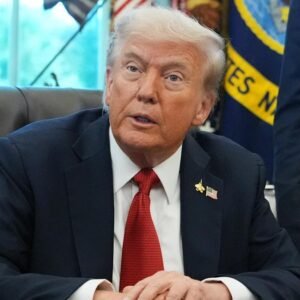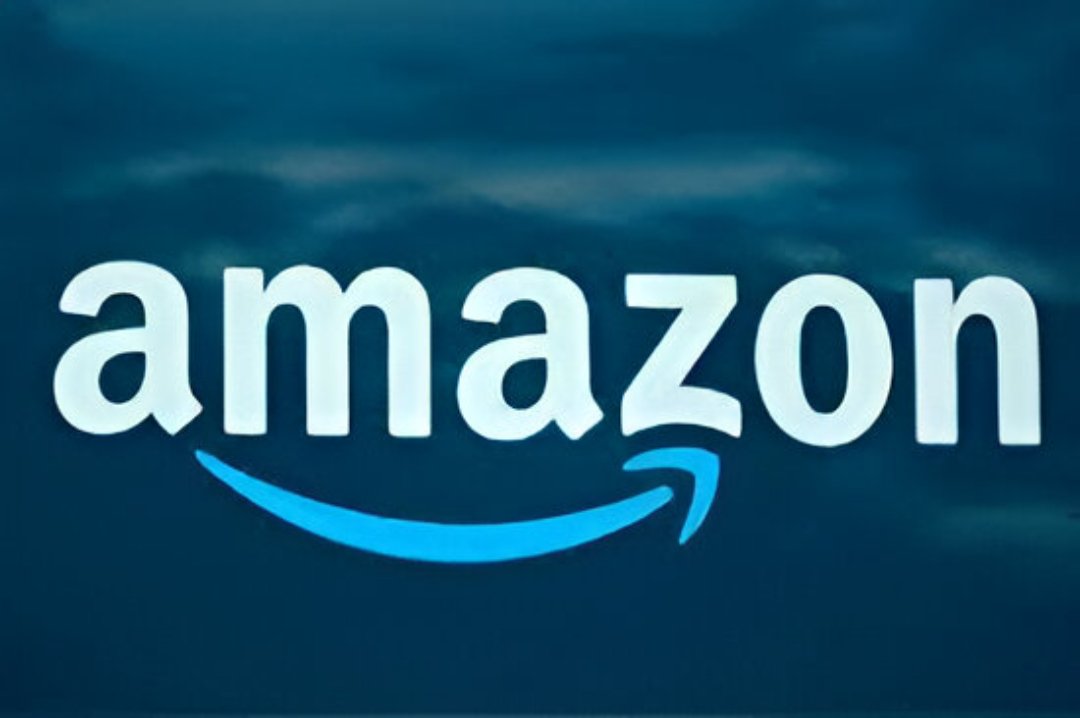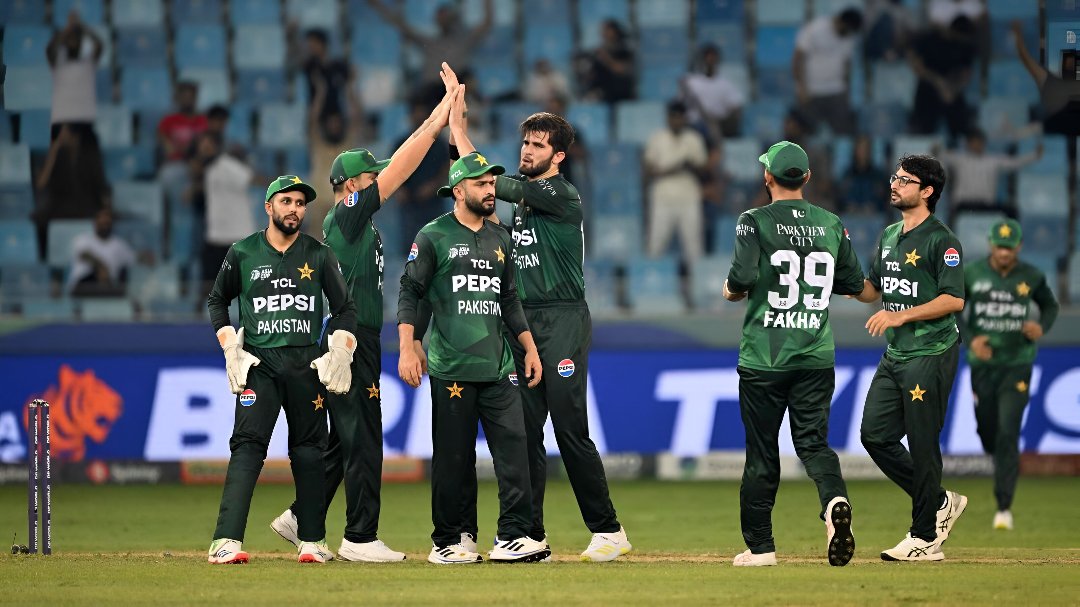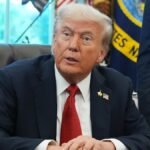For anyone following India–US ties over the last few months, it’s been a rollercoaster. Between disputes over tariffs, questions around oil imports from Russia, and whispers that Washington was drifting closer to Beijing, the “special relationship” seemed to be losing its spark. But politics, like life, often finds a way back to equilibrium, and this past weekend, Prime Minister Narendra Modi and President Donald Trump reminded the world that personal chemistry can sometimes cut through even the thorniest issues.
A Friendship Put to the Test
The India–US partnership has always been described as a “natural alliance.” Shared democratic values, mutual strategic concerns, and growing economic ties have made the two countries reliable partners. Yet, like any close relationship, disagreements creep in. Trade became a sticking point. Washington wanted access to Indian markets to be made easier, and New Delhi resisted what it considered unreasonable demands. On top of that, India’s continued purchase of Russian oil despite sanctions pressure set the mood cold.
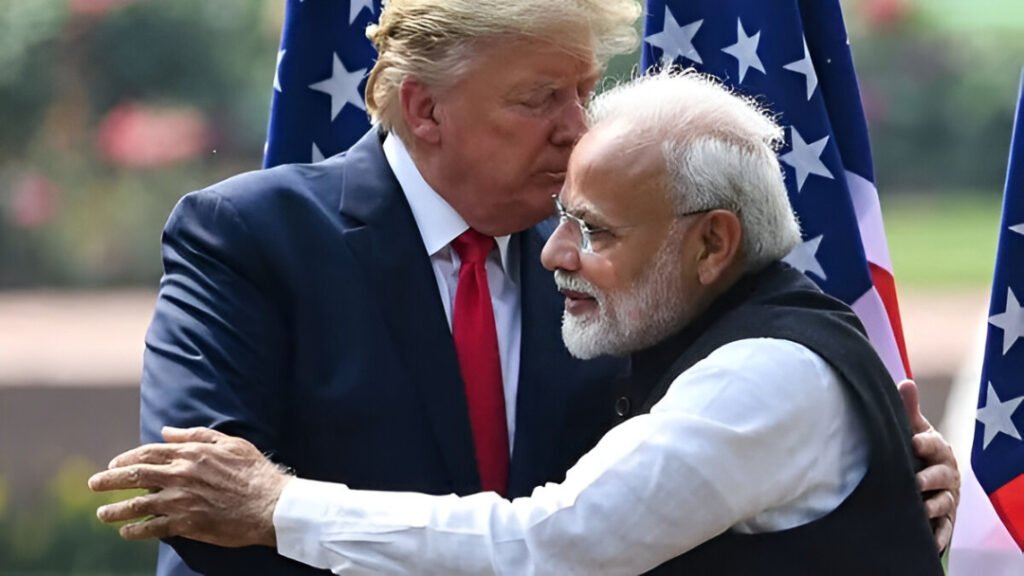
That’s why Trump’s recent statement that he would “always be friends with Modi” carried more weight than a casual remark. For weeks, the mood on Raisina Hill was cautious, waiting for the rhetoric from Washington to calm down. New Delhi knew that despite the noise, the fundamentals of the partnership hadn’t changed. India wasn’t “tilting to China,” as some critics speculated. Instead, it was walking a careful line: maintaining engagement with multiple global powers while keeping the US relationship at the heart of its foreign policy.
Modi Responds, the Tone Shifts
Prime Minister Modi’s reply was both diplomatic and personal. Taking to X (formerly Twitter), he said:
“Deeply appreciate and fully reciprocate President Trump’s sentiments and positive assessment of our ties. India and the US have a very positive and forward-looking Comprehensive and Global Strategic Partnership.”
This wasn’t just a social media nicety. It was a deliberate signal that New Delhi was ready to reset, that the relationship remained a priority. For Modi, who has invested heavily in personal diplomacy, whether it was the “Howdy Modi” event in Houston or the Rose Garden press conference in Washington, the bond with Trump has always been more than symbolic. It’s part of his broader strategy of putting India at the center of the global conversation.
Officials Step In
Of course, warm words between leaders only set the stage. The real work now shifts to officials and negotiators tasked with hammering out a trade deal that satisfies both countries. And while that may take weeks or even months, the top-down encouragement matters. Without Modi and Trump reaffirming their friendship, the bureaucrats would have little political cover to make compromises.
External Affairs Minister S. Jaishankar underlined this when he clarified that Modi attaches “a lot of importance” to ties with the US. The message was simple: the disagreements on tariffs and oil purchases are hiccups, not roadblocks.
Beyond the Headlines
What’s interesting about this latest episode is how it underscores the resilience of India–US ties. Over the past two decades, governments on both sides have changed, and yet the trajectory has remained upward. Defense cooperation has expanded, technology transfers are growing, and Indian-Americans continue to serve as a living bridge between the two societies.
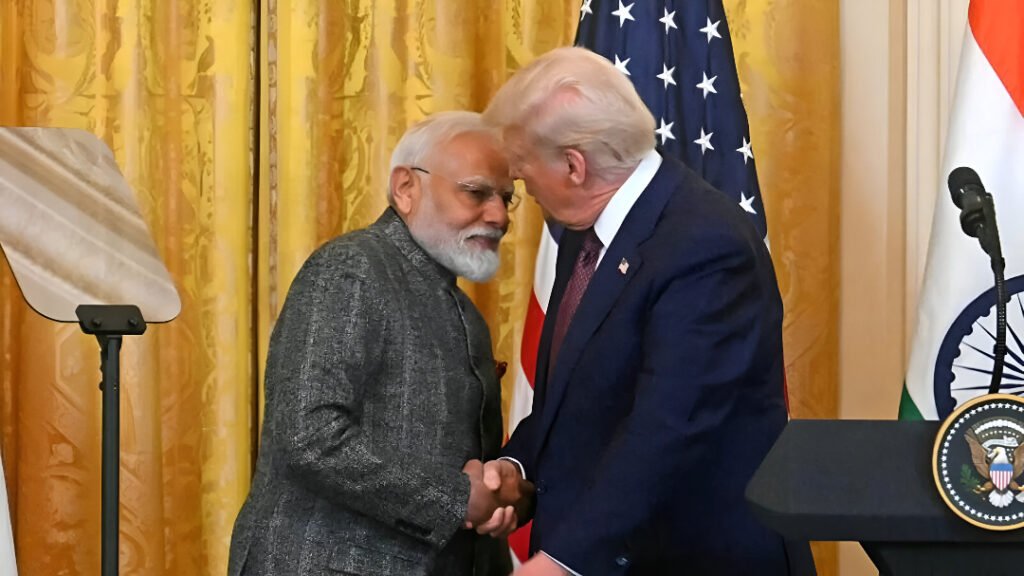
The notion that Washington could “lose India to China” is more soundbite than substance. India has no intention of aligning itself fully with any bloc. Its foreign policy has always been about balancing multiple relationships to preserve autonomy. The United States, however, remains India’s most consequential partner for the future, whether on security in the Indo-Pacific, counterterrorism, or building resilient supply chains.
What Comes Next
The next few weeks will likely see quieter diplomacy. Officials from both sides will sit across the table, looking for a formula that works: reduced friction on trade, clarity on energy imports, and perhaps new cooperation in areas like defense manufacturing or digital innovation. And if things go well, Modi and Trump could pick up the phone once again or even meet in person to seal the progress.
For now, the acrimonious noise from Washington seems to be softening. That itself is a win. Both leaders know that the India–US story is too important to derail over trade spats. It’s a relationship rooted not only in strategy but also in personal trust, and trust, once reaffirmed, can be surprisingly durable.
Final Thoughts
In international diplomacy, optics matter. One positive statement from a leader can shift the mood and create an opening for serious negotiation. That’s what we witnessed this week. By reaffirming publicly their friendship, Modi and Trump reminded the world that even if India and the US have occasional differences, they are committed partners.
The next few months will tell if this affection will mean actual deals. But for the moment, the romance is resumed based on faith that two democracies, with common cause and common interests, are better together than alone.

